Breast cancer treatment (BC)
Breast cancer is one of the most common oncological diseases in the world and, in particular, in Russia, which most often affects women. It is detected in patients after menopause mainly, but the tumor can develop in women of any age. Breast cancer cases are sometimes diagnosed in men, but they are rare in medical practice.

specialists

equipment

treatment

Definition and prevalence of breast cancer
Breast cancer is a dangerous female disease that develops under the influence of external causes and hormonal changes in the body. According to statistics, in 2023, 81,784 cases were registered in Russia, which accounted for 19.1% of all detected malignant neoplasms. 2.3 million cases have been diagnosed worldwide, including 670,000 deaths.
The highest mortality rates were recorded in Melanesia – 26 cases per 100,000 women, in Polynesia and West Africa – 22, in Argentina – 17, in Venezuela – 15. The lowest mortality is observed in North and South America – 13, in Australia and New Zealand – 12, in East Asia – 8. Among European countries with low mortality: Slovakia - 14, Norway - 13, Czech Republic – 12, Spain – 11, Bosnia and Herzegovina – 10. According to forecasts by the IARC (International Agency for Research on Cancer), by 2050, the global prevalence of cancer may reach about 3.2 million new cases and 1.1 million deaths.
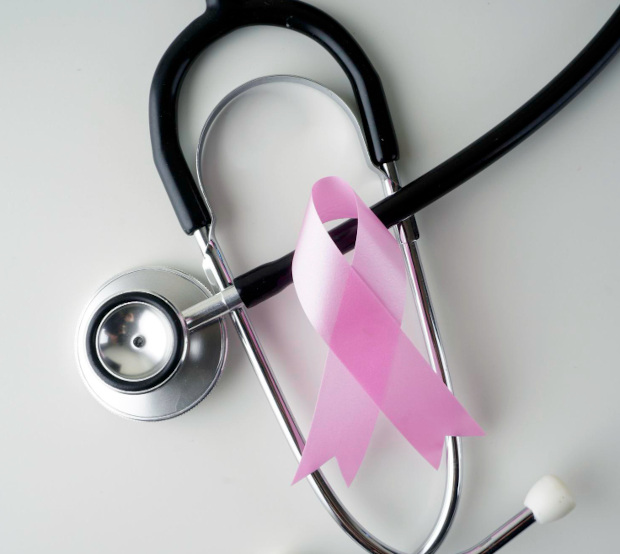
Types of breast cancer
There are two types of breast cancer:
- Ductal breast cancer is the most common type in which the cells lining the ducts of the breast become cancerous. There are two forms of it:
- Intraepithelial or intracellular ductal breast cancer is a less aggressive tumor and is treatable in the vast majority of cases. It usually does not metastasize
- Invasive ductal breast cancer is characterized by greater aggressiveness and uncontrolled growth
- Glandular breast cancer also has two forms:
- Lobular glandular breast cancer, or invasive lobular carcinoma, is a tumor cell that develops from cells that produce milk during lactation. He often has several tumor nodes in the breast
- Glandular breast cancer, which grows from other breast cells
Causes of breast cancer, symptoms and diagnosis
Scientists still cannot say exactly why breast cancer develops. However, it is known about unmodifiable and modifiable factors that can affect the appearance of a tumor.
Unmodifiable factors
Factors that do not depend on a person are considered unmodifiable:
- Gender. Men also have breast cancer, but it is about a hundred times less common than women
- Age over 55 years. The increased risk of breast cancer at this age is associated with the accumulation of mutations in breast cells
- Hereditary predisposition. Having sick maternal relatives increases the risk of breast cancer by 8-10 times. This is due to mutations in breast cells that are passed from parents to children. The genes with mutations are most often BRCA1 and BRCA2, which are necessary for the body to repair DNA. And if these genes are damaged, the unrepaired DNA can mutate and provoke the appearance of cancer cells and tumors. Mutations in the genes TP53 (encodes a protein that is responsible for destroying cells with damaged DNA), ATM (encodes a protein that repairs DNA or destroys a cell if this is not possible), PTEN (regulates cell growth), CHEK2 (encodes a protein that repairs DNA), STK11 also increase the risk of breast cancer., CDH1, PALB2 and some others. Mutations in these genes provoke the occurrence of not only breast cancer, but also other oncological diseases: ovarian cancer, brain cancer, stomach cancer, leukemia, sarcoma, etc
- Personal history of oncology. If a patient has been diagnosed with breast cancer of one breast, then there is a risk of its occurrence in the second, as well as in other organs
- The Caucasian race. People of other races also have breast cancer. But in blacks, malignant tumors are less common, however, at a younger age. Breast cancer is less common in Asian women
- Growth. This risk factor is not fully understood. But breast cancer is somewhat more common in tall women
- Breast tissue density. The density depends on the ratio of different types of tissues in the breast. The more glandular and fibrous tissues there are, the higher the density and risk of breast cancer
- Early onset of menstruation (before age 12) and menopause after age 55
- Radiation therapy. If a woman was exposed to radiation at a young age, when her breasts were still forming, this increases the risk of breast cancer
- Some benign formations. Proliferative neoplasms such as fibroadenoma, papillomatosis, ductal hyperplasia without atypia, radial scar, and sclerosing adenosis slightly increase the risk of breast cancer. Atypical hyperplasia of ducts and lobules, lobular carcinoma in situ increase the risk of breast cancer several times
- Some factors have no evidence base or are not fully understood, but they can also indirectly increase the risk of breast cancer. These are nutrition, smoking, night work, exposure to certain substances
However, regardless of the group of risk factors, there are breast cancer patients who do not have any of them, as well as those who do not have the disease, despite the presence of several risk factors at the same time.
Modifiable factors
To prevent breast cancer, it is necessary to exclude external factors. These are:
- Sedentary lifestyle. There is a lot of evidence that regular exercise reduces the likelihood of breast cancer, especially after menopause. How this happens is unknown. Probably the reason is the normalization of hormonal levels, metabolism, weight, and a decrease in inflammatory processes
- Overweight and obesity. This factor especially increases the risk of breast cancer in postmenopausal women, when the function of synthesizing estrogens (they are produced in the ovaries) is taken over by adipose tissue cells. And if there is a lot of this tissue, the amount of hormones increases, which can contribute to the appearance of malignant tumors in the mammary gland. Insulin, whose levels are elevated in overweight people, can also have a negative effect on breast cancer risk. But the association of excess weight with the risk of breast cancer is not so clear. According to some studies, in the period before menopause, excess body weight, on the contrary, can slightly reduce the risk of breast cancer
- Alcohol abuse. The dependence of alcohol consumption and the development of breast cancer is direct – the more and more often this use occurs, the higher the risk
- Late first birth (after age 30) slightly increases the risk of breast cancer
- Lack of breastfeeding. According to the results of some studies, breastfeeding, especially for more than a year, slightly reduces the risk of breast cancer, which may be due to a reduction in the number of menstrual cycles.
- Some contraceptives increase the risk of breast cancer. These include oral contraceptives (after their withdrawal, the risk of a tumor gradually decreases over 10 years), Depo-Provera injections (but not all studies reveal their connection with breast cancer), implants such as a spiral, a vaginal ring, etc. (but this issue has not been studied enough yet)
- Hormone therapy during menopause
- Breast implants
Symptoms of Breast Cancer
In the early stages of breast cancer, the disease may not show any symptoms, or the symptoms are so minor that a woman may not notice them. However, there are signs of breast cancer that can be detected during self-examination:
- Changes in breast shape or size, asymmetry
- Changes in nipple shape or asymmetrical position
- Breast tenderness, redness, or swelling
- Lumps or other lumps in the breast
- Nipple discharge
- Skin changes, texture, ulcers, or sores
- Enlarged lymph nodes in the armpits
As a rule, patients seek help and treatment when they feel a lump in the breast or when it is discovered during a routine examination. There may be no symptoms. Pain rarely accompanies breast cancer in its early stages; it may develop with metastasis. Asymmetry is a common symptom, as the tumor changes the size and shape of the breast. Some forms of breast cancer can cause wrinkling or deformation of the breast. Others cause breast enlargement due to skin swelling or tumor growth.
When cancer invades other layers of the breast (subcutaneous tissue), skin changes may appear, such as flattening, wrinkling, retraction, and a "lemon peel" appearance. If breast cancer is advanced and the malignancy begins to grow to the surface, the skin of the breast may become red and ulcerated. In the later stages of breast cancer, the nipples become deformed. Their position (higher in the affected breast than in the healthy one) or structure (thickening or folds may appear) may change.
Nipple discharge is rare but may be the only symptom. They are most often bloody, but can be purulent or serous.
Depending on the symptoms, different forms of breast cancer are distinguished: edematous-infiltrative (enlargement and redness of the breast), mastitis-like (lumps in the breast), erysipelas-like (skin changes similar to erysipelas), carapace-like (breast wrinkling, deformation), and Paget's disease (changes in the nipple and areola).
Diagnosis of breast cancer by an oncologist
If there are no symptoms of breast cancer, women under 40 should undergo annual breast ultrasound screening or mammography after age 40 (in addition to ultrasound). If any abnormalities are detected, a consultation with an oncologist is mandatory.
During a consultation with a doctor, the doctor first collects the patient's medical history, listens to their complaints, and determines whether there is a family history of cancer and breast cancer in close relatives to rule out or suspect a hereditary predisposition. The oncologist then examines and palpates the mammary glands and lymph nodes in the armpit, as well as the lymph nodes above and below the collarbone.
If suspicious lumps are detected during a self-examination (or a doctor's examination), or if digital mammography, ultrasound, or MRI reveal abnormal lesions, it is necessary to determine whether these lesions are malignant. For this purpose, a biopsy is performed followed by histological examination of the material.
Mammography can detect breast abnormalities long before symptoms of breast cancer appear. This diagnostic method is highly sensitive and detects 90% of neoplasms, including very small ones. Breast ultrasound is a safe procedure that can differentiate cysts from breast tumors and is suitable for detecting abnormalities in high-density breasts. This procedure is also used to examine lymph nodes and to guide biopsies.
Magnetic resonance imaging is used when mammography and ultrasound are inconclusive, as well as to determine the location and size of a malignant tumor. It is used to diagnose patients who carry genes that increase the risk of breast cancer.
A biopsy provides a definitive diagnosis. Breast tumor cells can be obtained from nipple discharge, using fine-needle aspiration, core biopsy, needle aspiration, vacuum-assisted biopsy, excisional biopsy, and sentinel biopsy. These methods allow for obtaining varying numbers of cancer cells from the mammary gland or lymph nodes and are used in various situations.
The obtained tissue is examined in the laboratory during cytological or histological examination. These methods help identify mutations, study the structure of cancer cells, and select the most appropriate therapy.
If a diagnosis of breast cancer is confirmed, the doctor may order additional tests to determine whether the tumor is confined to the area where it originated and whether it has begun to metastasize. These tests may include ultrasound, CT, MRI, X-ray, PET scanning, blood tests, and other laboratory tests.
Self-diagnosis of breast cancer
A good practice for increasing the effectiveness of treatment is to practice self-diagnosis after your period. To do this, remove clothing to the waist, stand in front of a mirror, and raise your arms and place them behind your head to examine your breasts. Turn to one side, then the other. While standing, feel your breast with your fingers for any unusual lumps and squeeze your nipple to check for discharge. Then, feel your breasts while lying down. If any symptoms are detected, consult an oncologist.
Hereditary factor in the development of breast cancer
Breast cancer is caused by genetic factors associated with mutations in the y43y gene in 5-10% of cases.
Patients diagnosed with breast cancer who suspect a hereditary origin should undergo mutation screening, which may be necessary to determine treatment options and prescribe specific targeted therapy. Targeted therapy specifically blocks the growth of malignant tumor cells by specifically disrupting the action of specific molecules necessary for tumor growth and the development of cancer in the breast.
Hereditary breast cancer may be suspected in the following cases:
- Affected family history (if there were relatives with different types of cancer on one side of the family)
- Women with ovarian cancer
- Early-onset breast cancer (before age 45)
- More than one primary tumor in a single woman
- Pregnant women
- Women with certain types of malignant tumors (for example, women with a triple-negative phenotype under age 60)
- Men with breast cancer
Targeted therapy helps block the growth of malignant cells by precisely disrupting the actions of certain molecules that influence the development of cancer.
Stages of breast cancer
Depending on the size and extent of the malignant tumor, the following 4 stages of breast cancer are distinguished:
- Stage 1 – characterized by a tumor size of no more than 2 cm and the absence of metastases
- Stage 2 – the malignant tumor grows to 5 cm and affects surrounding tissues. Breast cancer metastases at this stage appear in the axillary lymph nodes.
- Stage 3 – the tumor is 5 cm or larger and affects muscle tissue (invasive cancer). At this stage, characteristic symptoms appear in the form of nipple discharge, swelling of the mammary gland, and a "lemon peel" appearance on the skin; Multiple metastases penetrate the axillary and supraclavicular lymph nodes.
- Stage 4 – The entire breast is affected. Breast cancer spreads to the skin and adjacent anatomical structures. At this stage, extensive ulcers and metastases to other organs appear. The malignant tumor is immobile and attached to the chest wall. This stage is terminal.

According to the TNM system, the stage of breast cancer is determined based on three indicators:
-
T
Primary tumor size and extent of invasion: Tis – the malignant tumor does not invade adjacent tissues (ductal or lobular carcinoma, Paget's disease); T1 – the largest tumor diameter does not exceed 2 cm; T2 – the tumor diameter is between 2 and 5 cm; T3 – the diameter has exceeded 5 cm; T4 – the malignant tumor has grown into the skin or chest wall.
-
N
Breast cancer metastases in regional (nearest) lymph nodes: N0 – no lymph node metastases; subsequent numbers from 1 to 3 indicate a varying (increasing) number of affected lymph nodes.
-
M
Distant metastases (located in other organs and tissues): M0 – no distant metastases, M1 – distant metastases present
Breast cancer treatment
Treatment for breast cancer depends on the stage and subtype of the cancer, the tumor's location and extent, the sensitivity of the tumor cells to various drugs, and the patient's overall health. Treatment may involve several stages (surgery, radiation therapy, and drug therapy).
Prognosis and survival rate
The prognosis depends on the stage at which the disease is diagnosed. At stage 1, the 5-year survival rate reaches 98%, at stage 2 – 80%, at stage 3 – 50-70%, and at stage 4 – 25%.
Furthermore, the prognosis is influenced by the biological subtype of the tumor:
- Hormone-positive (ER+/PR+) breast cancer – has the best prognosis because it responds to hormonal therapy.
- HER2-positive – was previously considered aggressive, but with the advent of targeted drugs, survival has significantly increased.
- Triple-negative breast cancer is the most aggressive subtype, prone to rapid progression and metastasis. The 5-year survival rate does not exceed 60%.
The earlier cancer is diagnosed and the more sensitive the tumor is to treatment, the higher the chances of long-term survival.
Psychological aspects of the disease
For women facing breast cancer, the psychological aspect of treatment is extremely important. This includes measures to combat stress, fear of recurrence, changes in appearance, and social adaptation.
Working with a psychologist, either in the clinic or remotely, helps the patient understand their emotions, reduce anxiety and depression, and learn to relax. The psychologist also prepares the woman for further changes after surgery, chemotherapy, or radiation therapy, and fosters a positive attitude toward the treatment process.
Meetings with other breast cancer patients are recommended for emotional support and the exchange of practical tips for recovery and adaptation. Comprehensive psychological support increases motivation to follow medical recommendations and promotes successful recovery.
Surgical treatment
The extent of the surgery and intervention directly depends on the stage of breast cancer, the location of the malignant tumor, and the presence of metastases. In the early stages of cancer, breast-conserving surgeries may be used. This includes a quadrantectomy, which involves removing one-quarter of the breast along with the tumor and some axillary lymph nodes. The nipple is preserved. After the procedure, the patient will need to undergo radiation therapy. This will eliminate any cancer cells that may have remained intact after surgery.
In some cases, subcutaneous mastectomy may be used to treat breast cancer, allowing for the preservation of breast skin and the removal or preservation of the nipple. A silicone implant is placed to replace the breast tissue.
For larger malignant tumors, a radical mastectomy is often performed—a surgery that involves removing the breast, tumor, skin, nipple, axillary tissue, and lymph nodes.
Reconstructive mammoplasty
After surgical removal, it is possible to restore the shape of the breast with reconstructive mammoplasty. For this procedure, the doctor uses implants or the patient's own tissue, for example, from the abdomen or back. This procedure is important not only from a medical but also from a psychological perspective. Breast reconstruction helps a woman to adapt more quickly and improves her quality of life.
The cost of reconstructive mammoplasty in Moscow depends on the chosen method, the scope, and the complexity of the procedure. You can find out prices by calling the clinic.
Radiation therapy in the treatment of breast cancer
Radiation therapy is used primarily as an adjuvant treatment. It is prescribed before surgery to shrink the tumor, reduce its malignancy, and destroy metastases. However, radiation therapy is more often used after surgery to destroy residual cancer cells.
Chemotherapy in the treatment of breast cancer
A patient can undergo chemotherapy both before and after breast cancer surgery. It can reduce the risk of breast cancer recurrence, decrease the likelihood of recurrence, shrink the tumor, or destroy any remaining cancer cells after surgery. Different drugs used in chemotherapy target cells at different stages of their life cycle. Therefore, a combination of several agents (polychemotherapy) is used to increase the effectiveness of chemotherapy.
Drug therapy in the treatment of breast cancer
In addition to chemotherapy, drug therapy options include hormone therapy, targeted therapy, and immunotherapy.
Hormone therapy is used to treat hormone-sensitive breast cancer (if at least 10% of the malignant tumor cells are sensitive to hormonal drugs). It helps stop hormone synthesis or their delivery to the tumor. Some drugs (non-steroidal antihormones) only affect cancer cells and do not affect healthy cells. Hormone therapy is used after surgery or as a standalone treatment for breast cancer when the malignant tumor is inoperable and its growth must be controlled.
Targeted therapy targets specific molecules found in cancer cells and spares healthy tissue. Hormone therapy can be prescribed either alone or in combination with other treatments.
The most effective way to combat breast cancer and improve survival rates is regular screening. Annual preventive screenings help detect malignant tumors in their early stages, which subsequently has a beneficial effect on the treatment outcome and overall prognosis.
Our clinic conducts examinations and tests, determines tumor markers using modern equipment, performs breast-preserving surgeries, and treats breast cancer at any stage. Call us or contact us online.
Breast cancer prevention
Prevention is aimed at eliminating lifestyle-related risk factors. This means maintaining a healthy lifestyle and exercising regularly. There are no precise data on the frequency and quality of exercise, but there is evidence that even a couple of hours of exercise per week produces positive results. Maintaining a healthy weight, avoiding unhealthy habits, and carefully using contraceptives and hormonal medications are also important in breast cancer prevention.
Frequently Asked Questions (FAQ)
How much does breast cancer treatment cost in Moscow?
The cost of breast cancer treatment in Moscow depends on the extent of the procedure and the chosen approach. A sectoral mastectomy at the K+31 clinic costs 45,700 rubles. A total mastectomy is more expensive. You can find the current price list on the website or contact the contact center by phone.
Is it possible to treat breast cancer without surgery?
Yes, treating breast cancer without surgery is possible, but only in the early stages. Surgical removal of the tumor remains the primary method of treating the disease, as it provides the best prognosis. The doctor makes the decision on an individual basis, taking into account the woman's condition.
How is breast cancer diagnosed?
The examination includes mammography, ultrasound, MRI, and biopsy. Additionally, blood tests, hormonal tests, and genetic testing are performed. A comprehensive examination allows us to assess tissue structure, determine the stage of the disease, and select the optimal treatment.
What is a mastectomy?
Mastectomy is a surgical procedure to remove the breast. Depending on the indication, only the glandular tissue or adjacent lymph nodes and muscles are removed. The goal of the procedure is to remove the malignant tumor and prevent its spread.
What are the chances of survival with stage 2 cancer?
For stage II breast cancer, the 5-year survival rate ranges from 50% to 80%, depending on the presence of lymph node metastases. The smaller the tumor, the more favorable the prognosis. Early treatment increases the chances of successful recovery and minimizes the risk of recurrence.
Sources and literature
- https://www.who.int/ru/news-room/fact-sheets/detail/breast-cancer
- https://www.nccn.org/guidelines/guidelines-detail/
- https://www.cdc.gov/breast-cancer/screening/diagnosis.html
- https://www.cancer.org/cancer/types/breast-cancer/understanding-a-breast-cancer-diagnosis/breast-cancer -survival-rates.html
- https://cancer.ca/en/cancer-information/cancer-types/breast/diagnosis
Our doctors

This award is given to clinics with the highest ratings according to user ratings, a large number of requests from this site, and in the absence of critical violations.

This award is given to clinics with the highest ratings according to user ratings. It means that the place is known, loved, and definitely worth visiting.

The ProDoctors portal collected 500 thousand reviews, compiled a rating of doctors based on them and awarded the best. We are proud that our doctors are among those awarded.
Make an appointment at a convenient time on the nearest date
Other cancer treatment services
Price


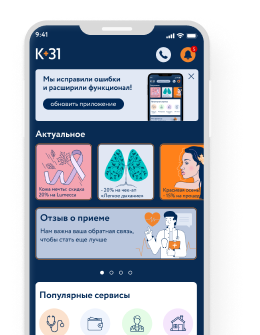







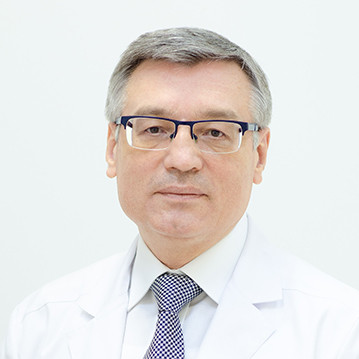
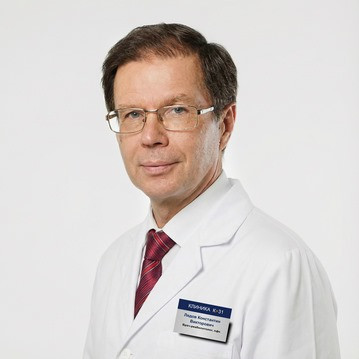

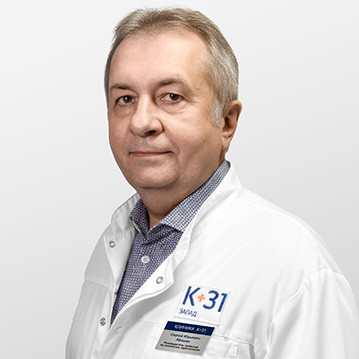

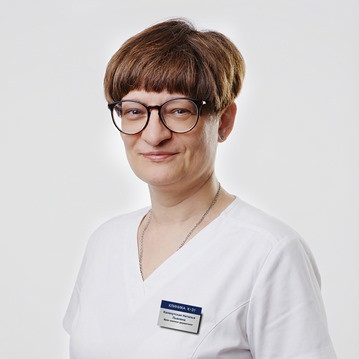

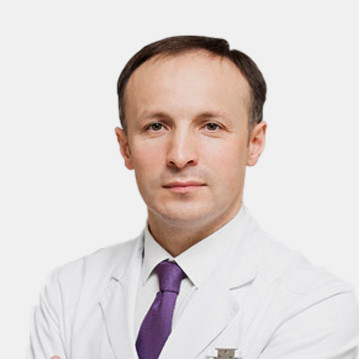
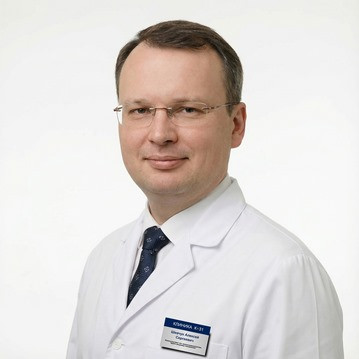

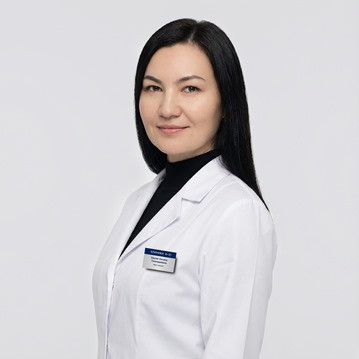

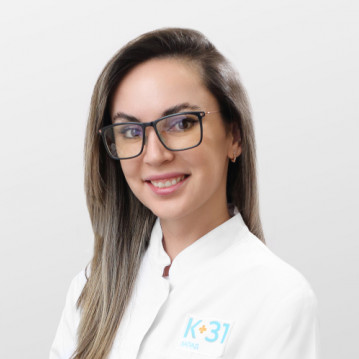
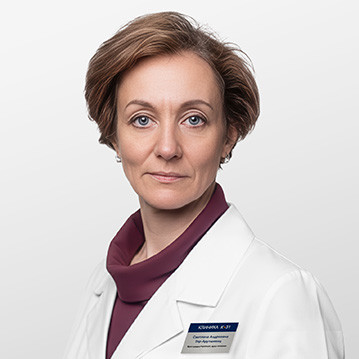
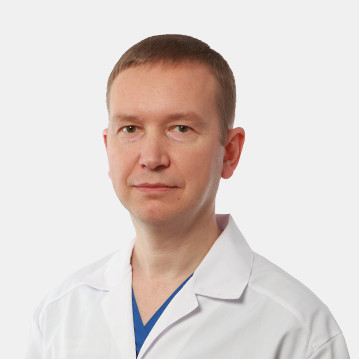
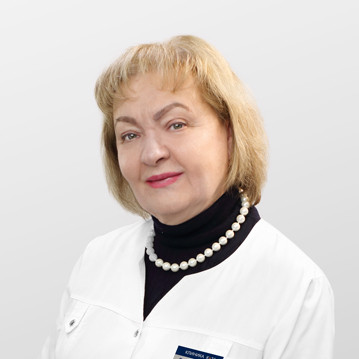
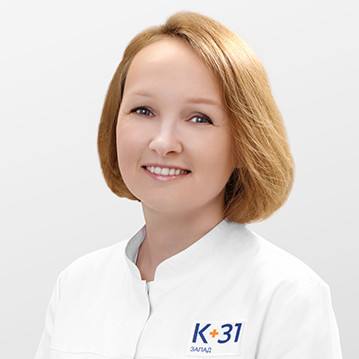
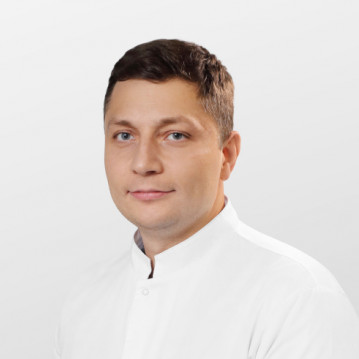
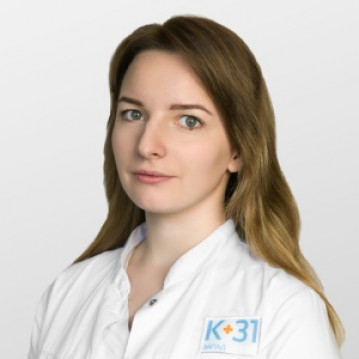

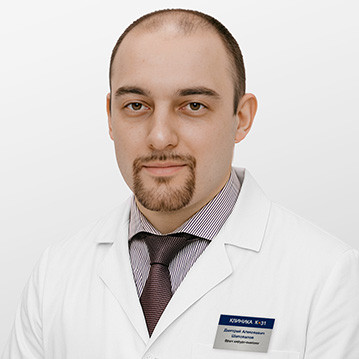
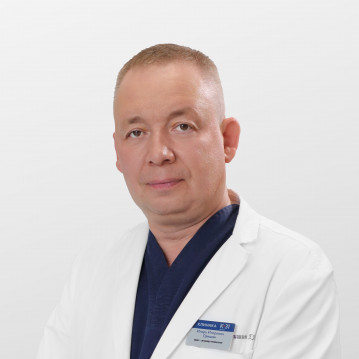
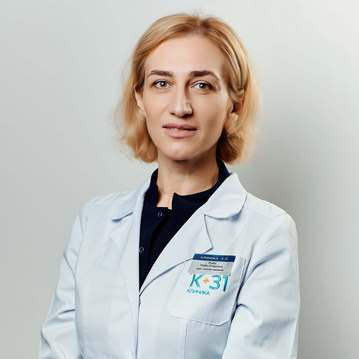
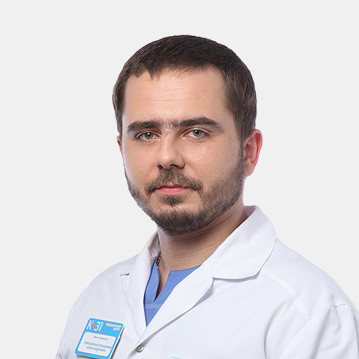
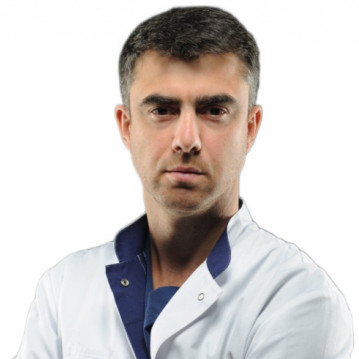
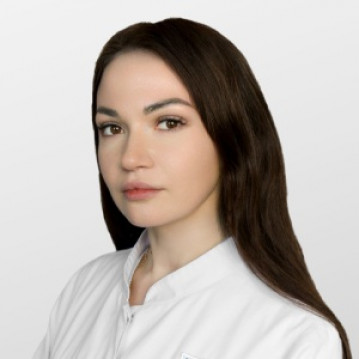
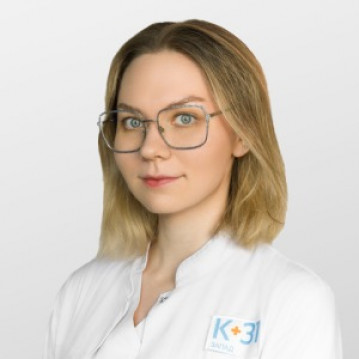
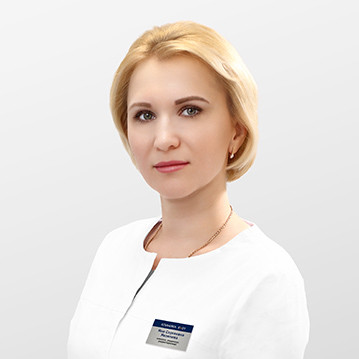
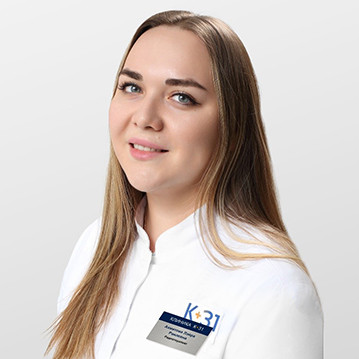
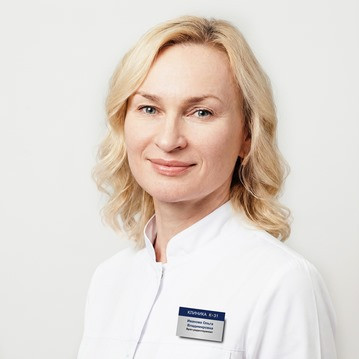
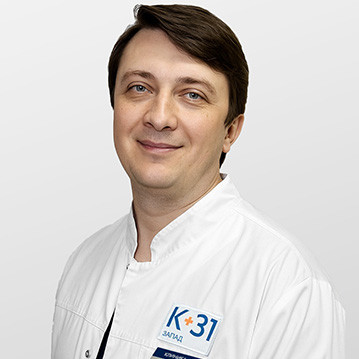
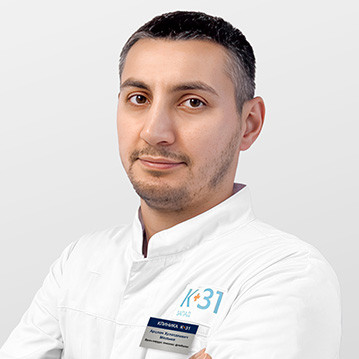
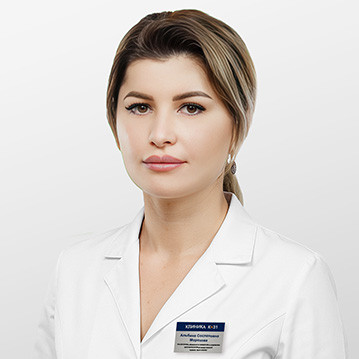
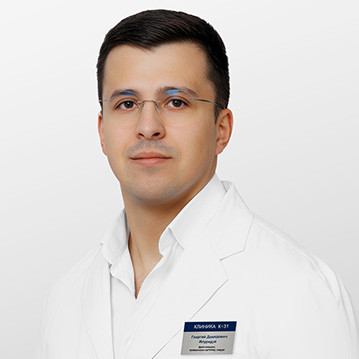
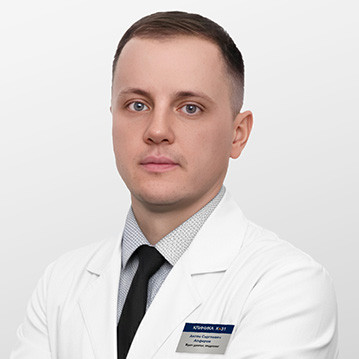
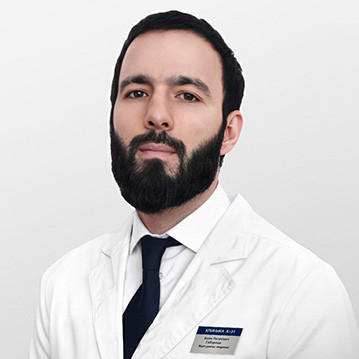

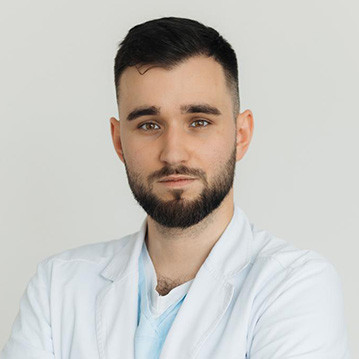
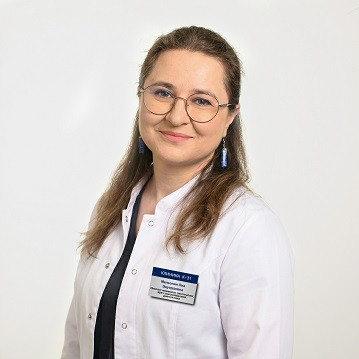
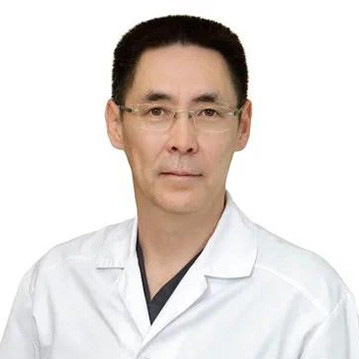






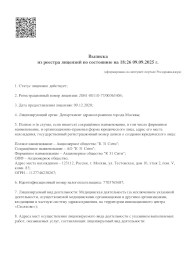

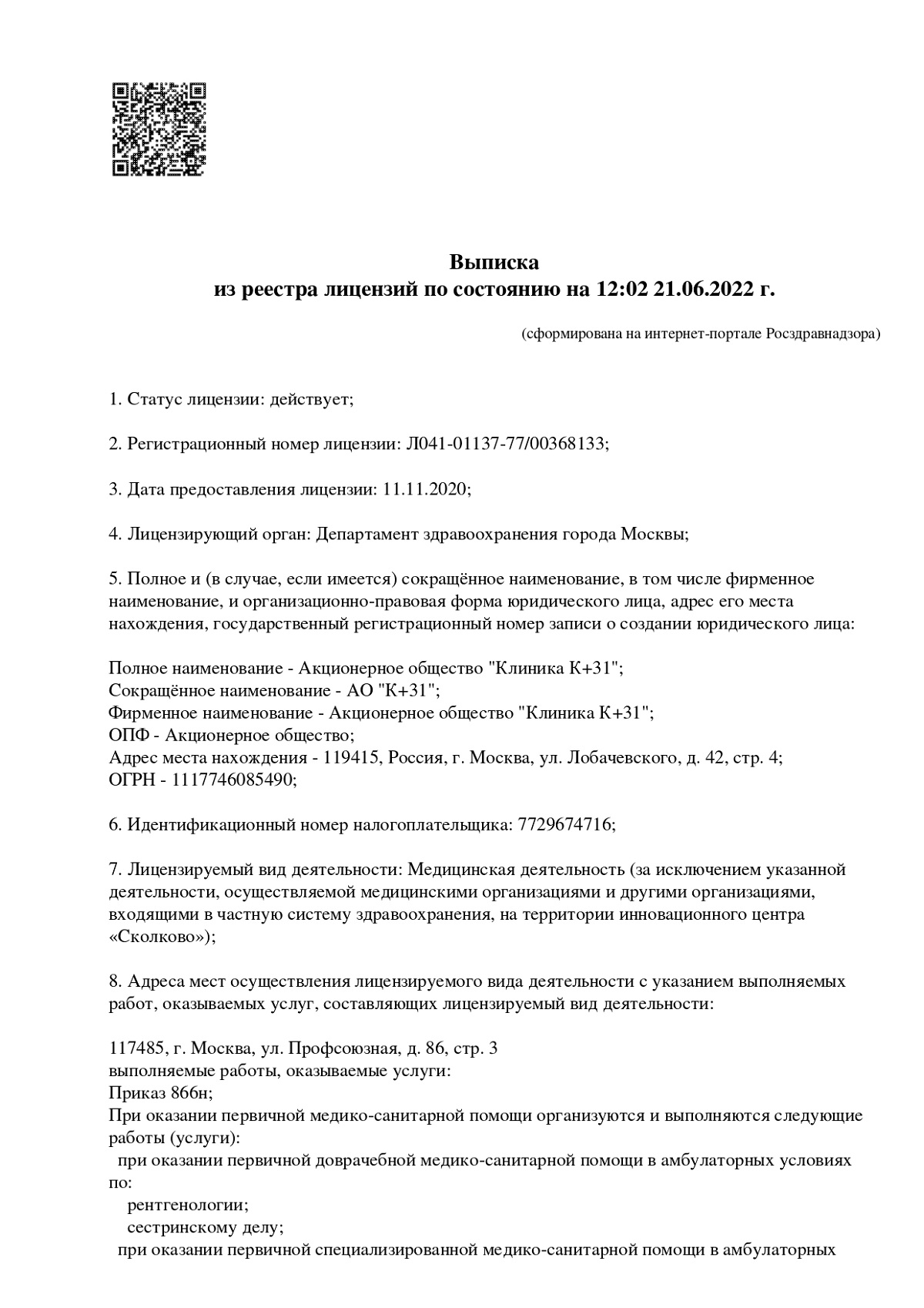
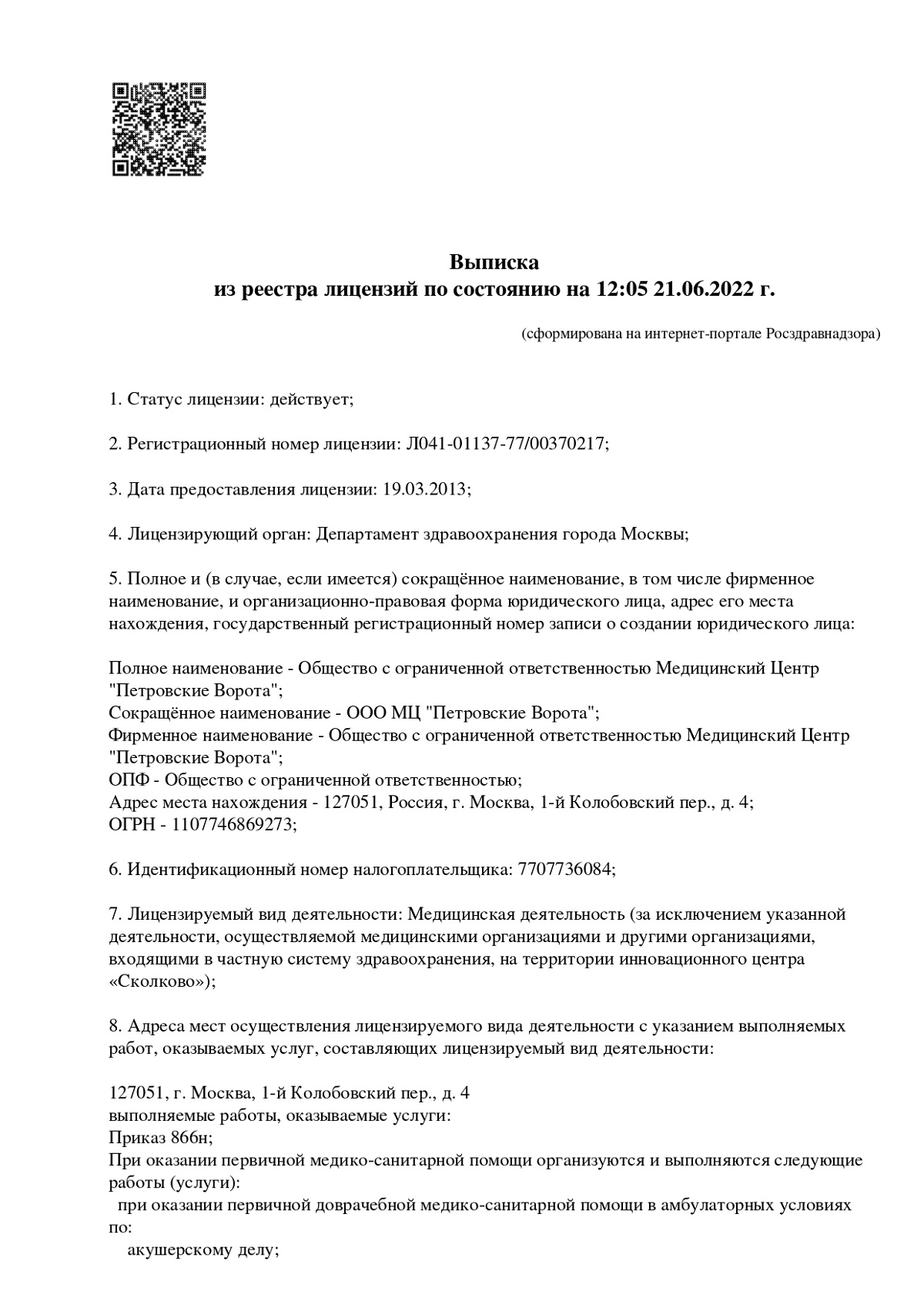
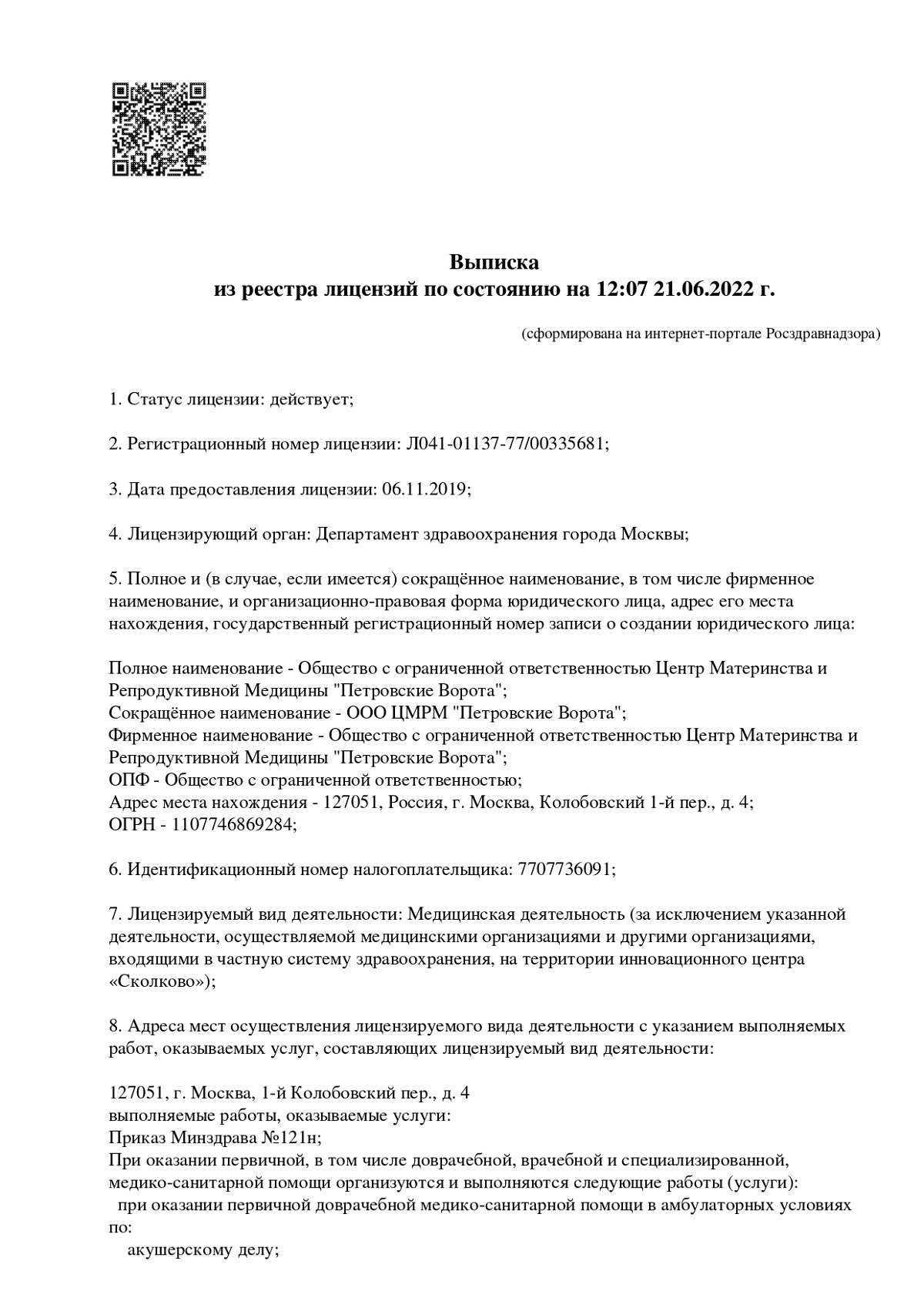



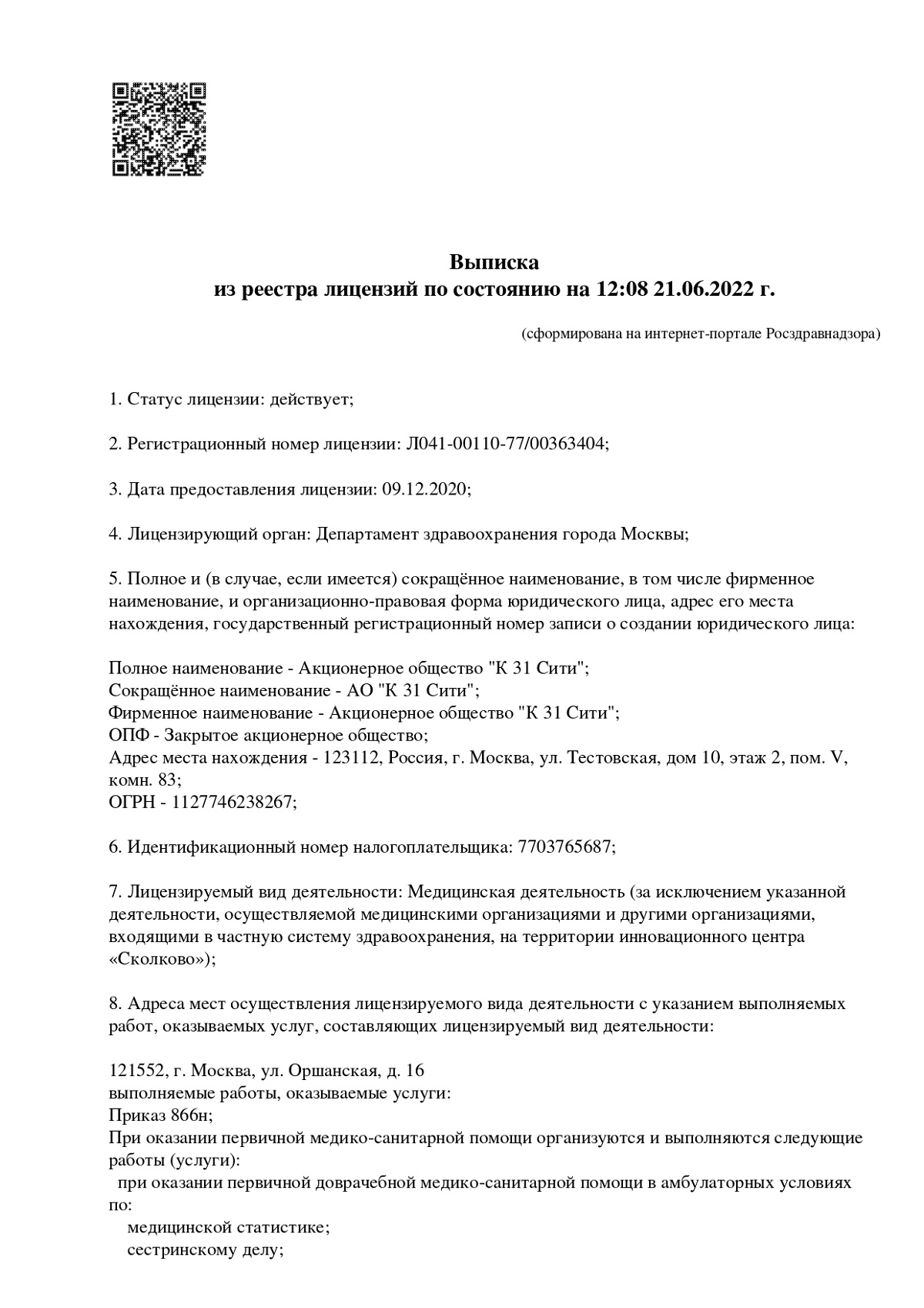
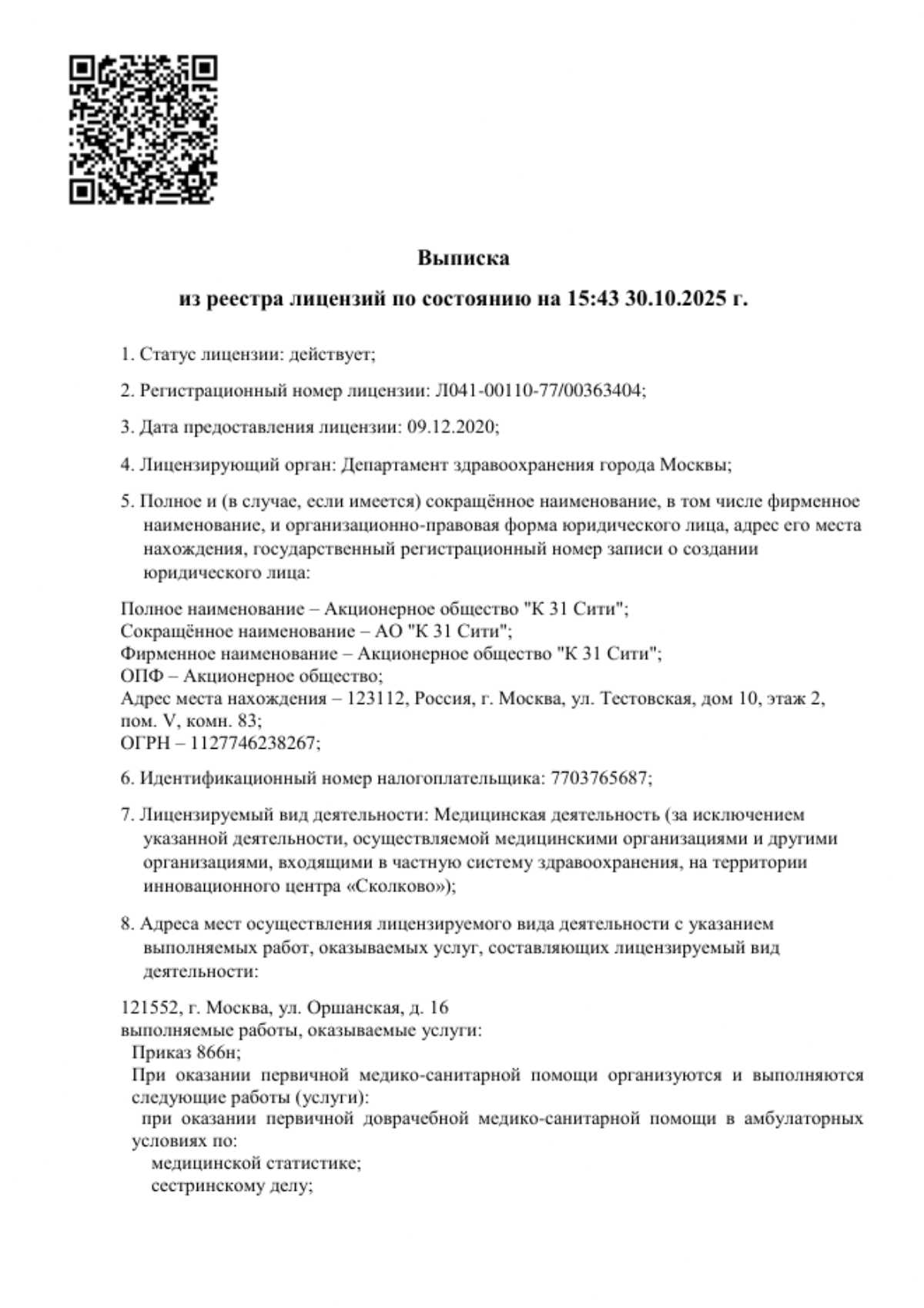



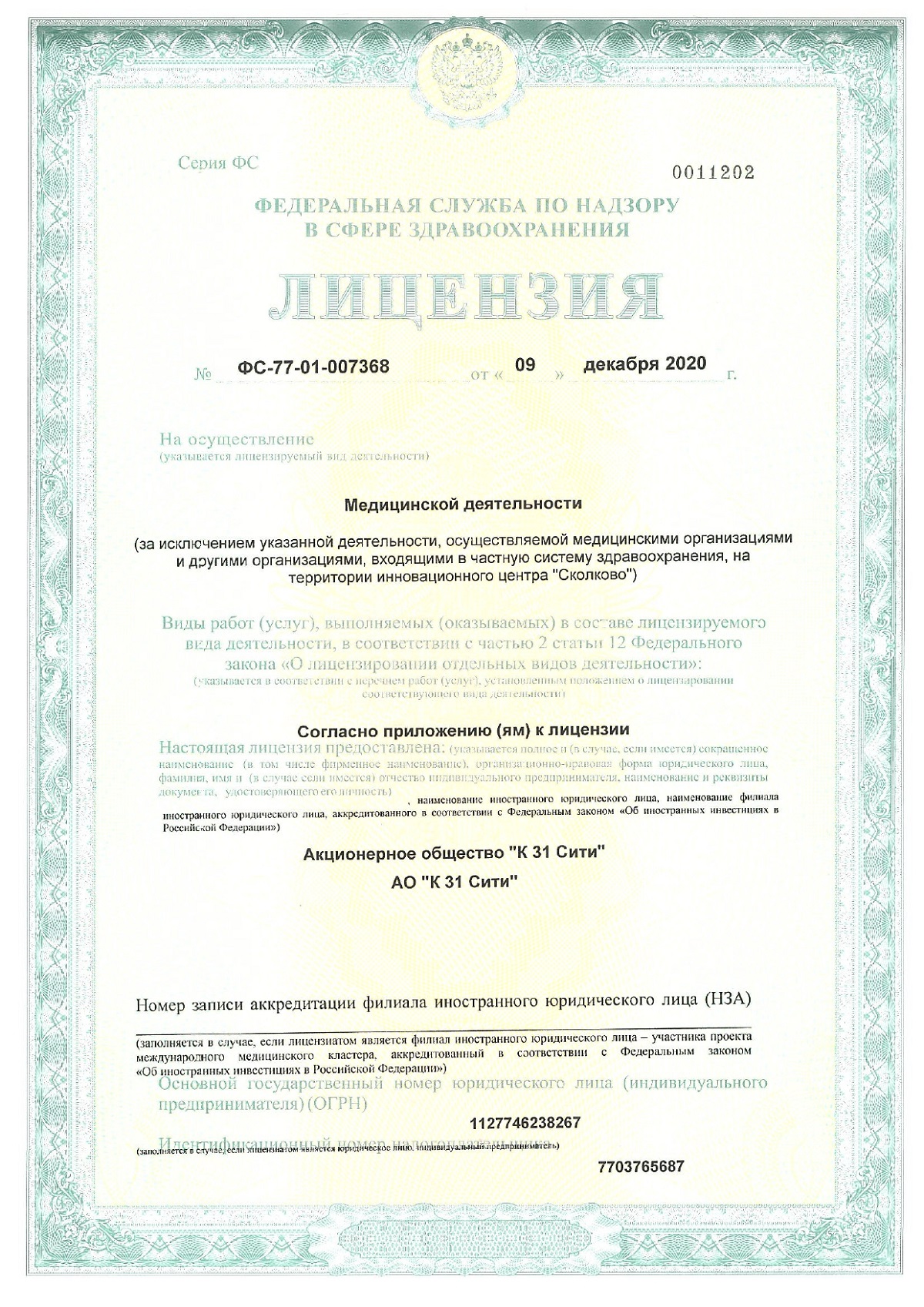



About the disease
Mammary glands consist of connective tissue, adipose tissue, and glandular tissue cells. In the latter (glandular tissue cells), mutations can occur that stimulate uncontrolled cell division. This is how malignant breast tumors develop, which are called breast cancer.
The oncological process occurs in a certain place of the breast, the tumor can germinate and damage neighboring tissues and organs, and then cancer cells – metastases – spread through the blood or lymph nodes. Metastatic breast cancer can "strike" any organ, it affects the liver, lungs, brain, skin and bone system and is less treatable.
Mutations in breast glandular tissue cells can occur during a person's lifetime (most often) – these are acquired mutations. In about a quarter of cases of acquired breast cancer, the gene encoding the HER2 receptor is responsible. This receptor normally stimulates reproduction, but if the number of copies increases due to a mutation, this leads to the formation of a malignant tumor.
Mutations that cause breast cancer can be inherited. These are mutations in the BRCA1 genes (the risk of getting sick with this mutation is 55-65%) and BRCA2 (45%). They are inherited.